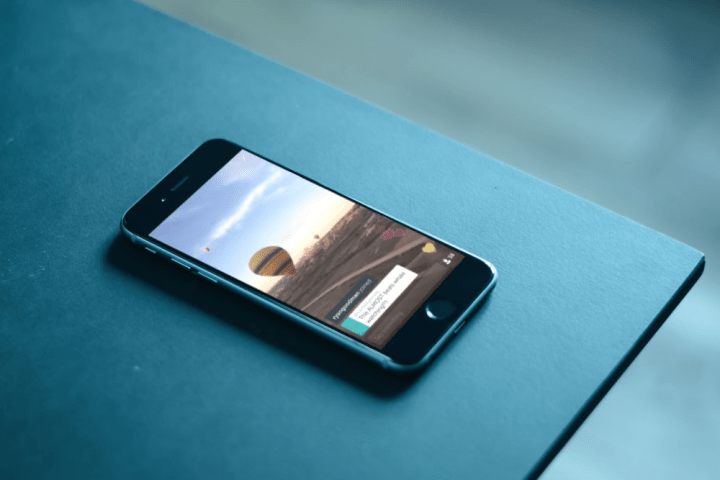
The latest feature added to Periscope — announced yesterday and exclusive to the iOS version of the app for now — is a new map view. Previously, those interested in watching streams had to browse a feed of current streams. The new view lets viewers find streams that are either close to them or that are simply located in places they want to see.
This feature addresses a problem that has been growing along with the size of Periscope’s user base: it’s tough to find a stream you actually find interesting. With this new map view, the likelihood of seeing what’s in someone’s refrigerator will still be pretty high, but at least you can now zero in on what someone in Prague is eating, if you prefer.
Of course, as is increasingly the case with these types of apps, this new functionality could prove to have a dark side. The new map view is fairly specific — it’s accurate to within a block — so it’s not unthinkable that this could be used to find a streamer’s home address for example.
Periscope has addressed this exact type of problem already. Location sharing has been available in the app from the start, and in April a patch saw the map displaying a user’s location zoom out a bit to make it less specific. If the new map view raises concerns, it seems likely that we’ll see a similar adjustment.
For those who want to stream without fear of having their location displayed on a map, it has been possible to disable location sharing entirely since Periscope’s launch, and that is still the case.
The map view isn’t the new only addition to the app: Periscope is now localized in 29 different languages, and replays are now available as soon as a stream ends.
Editors' Recommendations
- Best apps for livestreaming: Stream, connect, and even make money
- Google is making it easier to add streaming video services to Android TV


